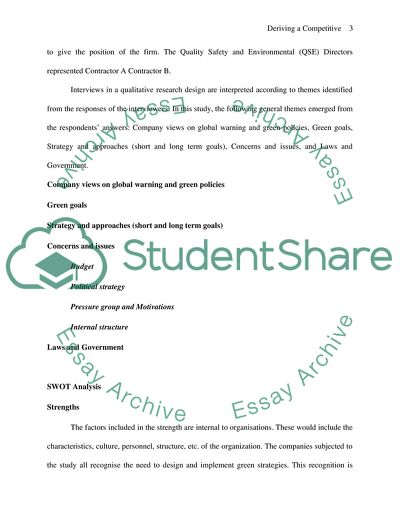Cite this document
(Deriving a Competitive Advantage from Environmental Strategies Case Study - 1, n.d.)
Deriving a Competitive Advantage from Environmental Strategies Case Study - 1. Retrieved from https://studentshare.org/environmental-studies/1728702-deriving-a-competitive-advantage-from-environmental-strategies
Deriving a Competitive Advantage from Environmental Strategies Case Study - 1. Retrieved from https://studentshare.org/environmental-studies/1728702-deriving-a-competitive-advantage-from-environmental-strategies
(Deriving a Competitive Advantage from Environmental Strategies Case Study - 1)
Deriving a Competitive Advantage from Environmental Strategies Case Study - 1. https://studentshare.org/environmental-studies/1728702-deriving-a-competitive-advantage-from-environmental-strategies.
Deriving a Competitive Advantage from Environmental Strategies Case Study - 1. https://studentshare.org/environmental-studies/1728702-deriving-a-competitive-advantage-from-environmental-strategies.
“Deriving a Competitive Advantage from Environmental Strategies Case Study - 1”. https://studentshare.org/environmental-studies/1728702-deriving-a-competitive-advantage-from-environmental-strategies.


